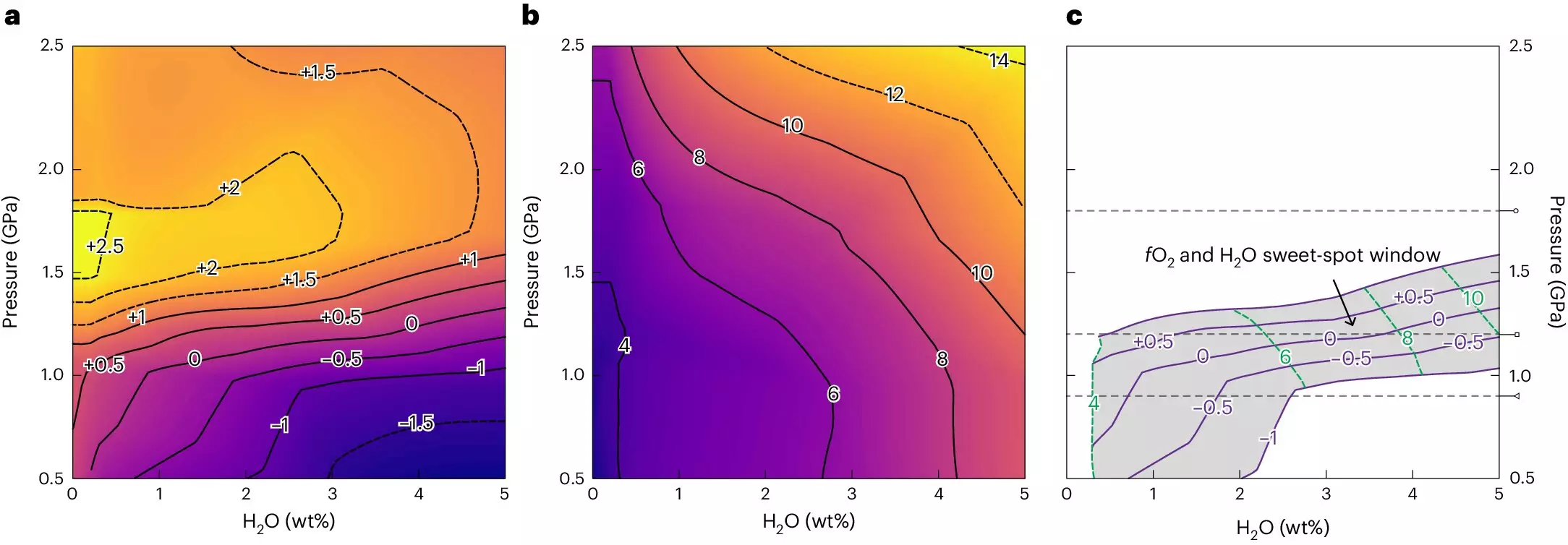The formation of Earth’s continents has long been a subject of intrigue and debate among geologists. The prevailing theories suggest geological processes formed these land masses; however, recent research challenges these assumptions, providing a fresh lens through which to view the origins of continents. A pivotal study conducted by David Hernández Uribe from the University of Illinois Chicago takes center stage in this ongoing discourse. His research, published in the journal Nature Geoscience, not only casts doubt on the established theories but also opens the door to new interpretations of continental genesis.
At the heart of Hernández Uribe’s research is the study of magma, the molten rock beneath Earth’s surface. Magma’s cooling process contributes to the formation of various rocks and minerals. Through sophisticated computer models, Hernández Uribe investigated the characteristics of magmas and their relationship to rare mineral deposits known as zircons. Dating back to the Archean period, between 2.5 to 4 billion years ago, these zircons are believed to be some of Earth’s oldest materials and potentially hold clues to the formation of the continents themselves.
In contrast to last year’s findings from a team of scientists in China and Australia, which posited that the formation of Archean zircons was reliant on subduction—the convergence of tectonic plates—Hernández Uribe’s findings suggest a different narrative. His analysis indicates that these ancient minerals could develop through processes occurring within the Earth’s primordial crust under high pressure and temperatures, supporting a theory centered around crustal melting rather than tectonic activity.
The implications of Hernández Uribe’s research are profound. If the formation of Archean zircons did not necessitate subduction, it raises critical questions about the timeline of continental development and the origin of plate tectonics on Earth. The conventional belief that these processes began nearly 4 billion years ago may require reevaluation. If the melting of the crust was indeed the driver behind early continental formation, subduction and plate tectonics could have initiated considerably later in Earth’s history.
The significance of understanding plate tectonics extends far beyond mere academic curiosity; it influences our view of Earth’s geological activity and its unique characteristics in the solar system. Hernández Uribe highlights that Earth stands alone as the only planet known to support active plate tectonics as interpreted through our current geological understanding.
Future Directions in Geological Research
As these discussions evolve, it become increasingly clear that the debate surrounding continental formation is far from settled. Ongoing investigations into the processes that shaped our planet’s surface will undoubtedly contribute to a deeper understanding of not just Earth’s history, but the geological processes that may exist on other planetary bodies. Hernández Uribe’s findings encourage the scientific community to explore alternative avenues and methodologies when examining the fundamental mechanisms behind continental origins.
The research led by Hernández Uribe not only disrupts long-held beliefs but also invigorates the dialogue on continental formation, suggesting that the story of Earth’s land masses is still being written. As scientists continue to unravel the complexities of our planet’s geology, they will inevitably shape our understanding of Earth’s past and its uniqueness in the universe.

